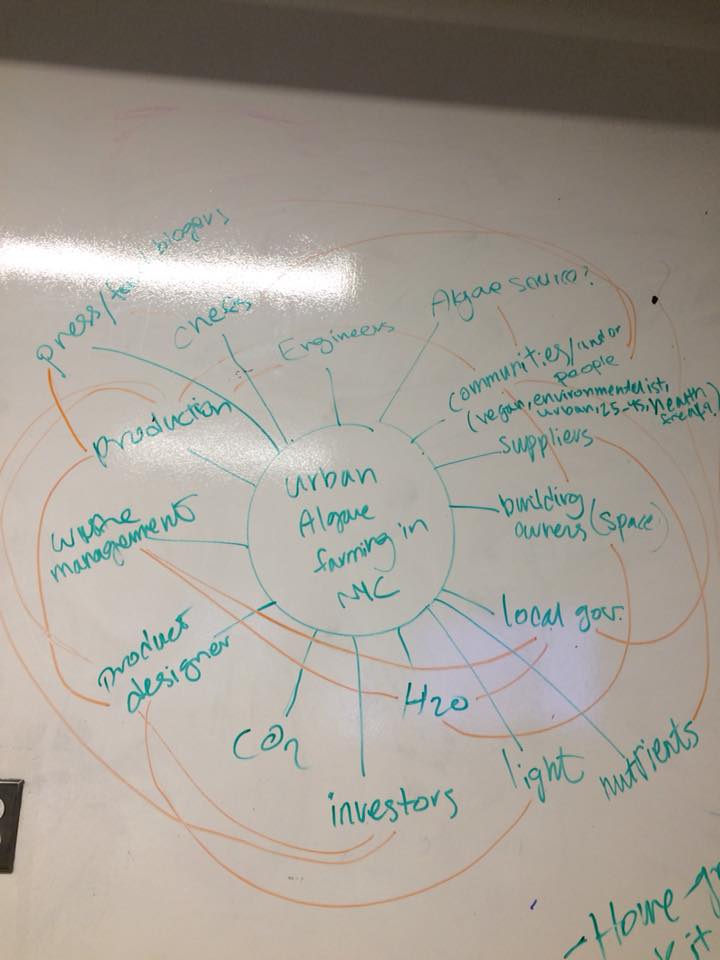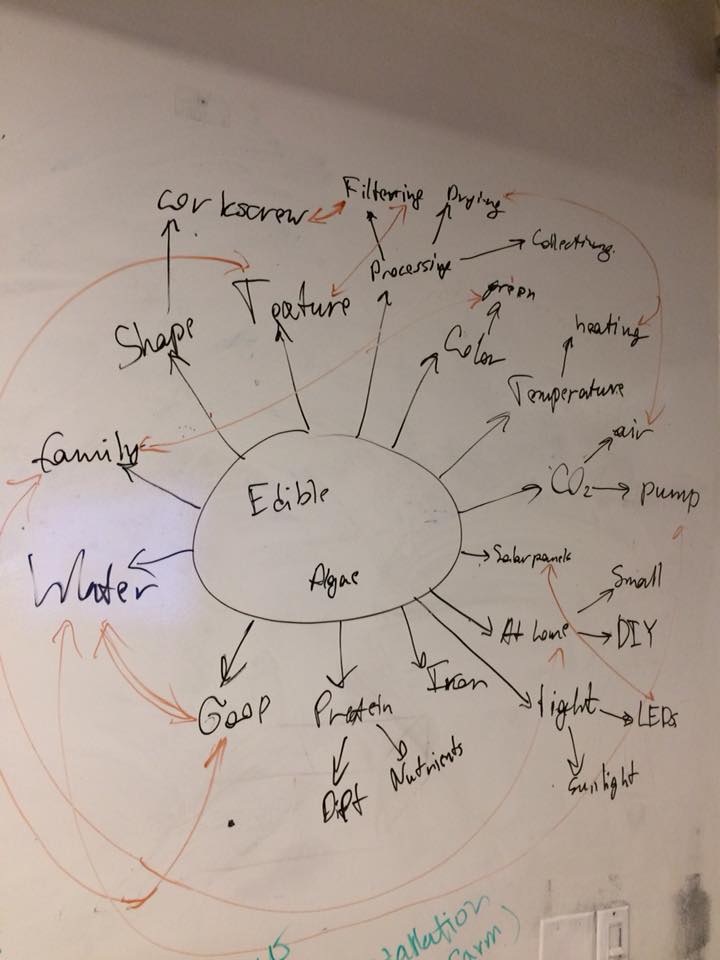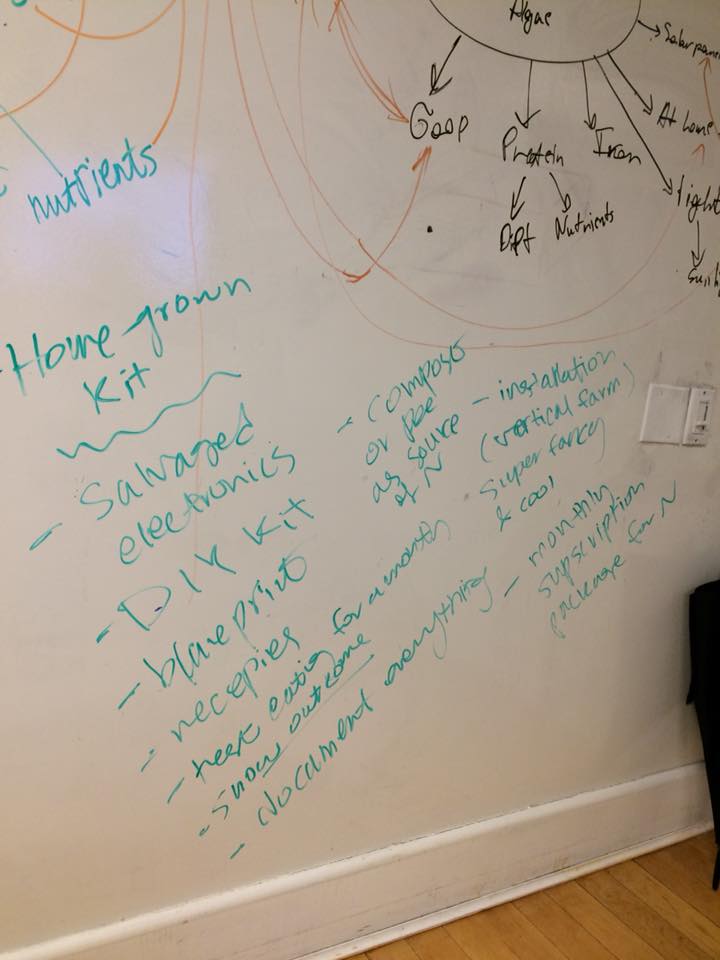Algae
Algae are a diverse group of aquatic organisms that have the ability to conduct photosynthesis. They can exist as single, microscopic cells; they can be macroscopic and multicellular; live in colonies; or take on a leafy appearance as in the case of seaweeds such as giant kelp. Lastly, algae are found in a range of aquatic habitats, both freshwater and saltwater.
the general term "algae" includes prokaryotic organisms — cyanobacteria, also known as blue-green algae — as well as eukaryotic organisms (all other algal species)
Algal biofuels are a promising replacement for fossil fuels. All algae have the ability to produce energy-rich oils and several microalgal species naturally accumulate high levels of oil in their dry mass. Moreover, algae are found in diverse habitats and can reproduce quickly. They also efficiently use carbon dioxide. Green algae, diatoms and cyanobacteria are just some of the microalgal species that are considered good candidates for the production of biofuel (Biofuels, 2010).
Algae as food
IWi is betting their strain, nannochloropsis, will be next big food trend. The company already sells algae as omega-3 and EPA supplements at the The Vitamin Shoppe and on Amazon. It's now developing algae-based snacks and protein powders.
"Algae is going to be part of a regular food chain for us. It's going to be great thing for all of us and for our planet."
IWi's strain of algae takes saltwater, desert land and CO2 and turns it into something special, made up of 40% protein, it can produce about seven times the amount of protein as soybeans on the same amount of land. The plant also releases oxygen into the air. (About 50% of the world's oxygen comes from algae).
To successfully harvest algae, an algae farm needs:
the right temperature range
light source
nutritional characteristics in the water source.
Algae is most commonly cultivated in open-pond systems, such as ponds, pools and lakes. However, these systems don't allow for control of light or temperature.
Closed-pond systems are pools or ponds that are covered. Even though the closed-pond system allows more species to grow, it tends to be smaller in scale, so it produces a smaller crop. One variation of the closed-pond system is the photobioreactor, a system that incorporates a light source. Although nutrients must be brought into this type of system, it can produce high-yield crops.
IWi uses an open method by harnessing the power of the sun to feed its algae. Algae at the farm is grown in long ponds called "raceways," and an engine constantly churns water to make sure the algae is exposed to the sunlight. CO2 and a tiny bit of fertilizer is then pumped into the water to help the algae bloom.








